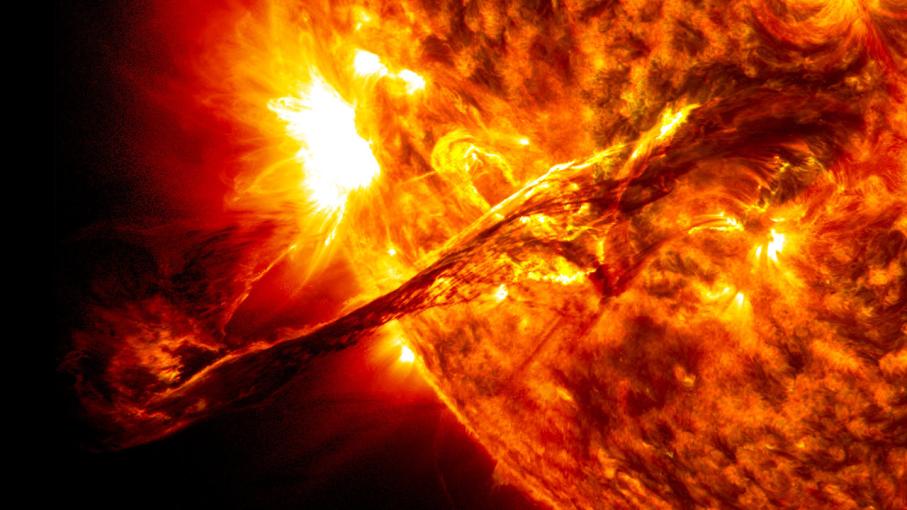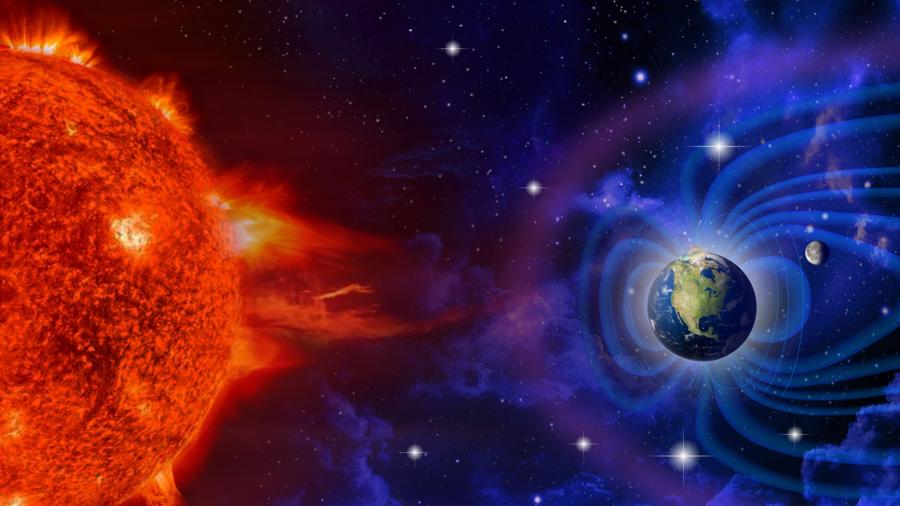Why Do the Northern Lights Appear in Different Shapes and Sizes?
The Northern Lights, also known as Aurora Borealis, are a celestial spectacle that has captivated humanity for centuries. These mesmerizing displays of light, painted across the night sky, come in a myriad of shapes and sizes, adding to their allure and mystery. This article delves into the factors that influence the diverse forms and dimensions of the Northern Lights.

Factors Influencing The Shape And Size Of The Northern Lights
Solar Wind And Geomagnetic Activity
The Northern Lights are a product of the interaction between charged particles from the solar wind and Earth's magnetic field. The intensity and direction of the solar wind, as well as the strength of the geomagnetic field, play a crucial role in shaping the appearance of the auroras.
- During periods of heightened solar activity, such as solar storms, the increased flow of charged particles from the sun intensifies the auroral displays, resulting in more vibrant and expansive lights.
- The orientation of the Earth's magnetic field guides the solar wind particles towards the polar regions, creating the characteristic oval shape of the auroras. Variations in the strength and configuration of the magnetic field lines can alter the shape and size of the auroral oval.
Altitude And Atmospheric Conditions
The altitude at which the solar wind particles collide with atmospheric gases determines the height and extent of the auroral displays.
- Higher altitudes, typically ranging from 80 to 400 kilometers above Earth's surface, produce auroras that appear higher in the sky and exhibit a greenish hue.
- Lower altitudes, around 100 kilometers, result in auroras that appear closer to the horizon and often display reddish or purplish colors.
- Atmospheric conditions, such as temperature, density, and composition, can also affect the appearance of the Northern Lights. Variations in these conditions can lead to changes in the intensity, color, and overall structure of the auroras.
Magnetic Field Lines
Earth's magnetic field lines act as guides for the solar wind particles, directing them towards the polar regions. These field lines create the characteristic oval shape of the auroras, with the most intense displays occurring within the auroral oval.
- The shape and size of the auroral oval vary depending on the strength and configuration of the magnetic field lines. During periods of increased geomagnetic activity, the auroral oval expands, allowing the lights to be visible at lower latitudes.
- The interaction between the solar wind and the magnetic field lines also determines the direction of the auroral displays. Auroras typically flow from the magnetic poles towards the equator, creating dynamic and ever-changing patterns in the sky.
Common Shapes And Sizes Of The Northern Lights

The Northern Lights manifest in a variety of shapes and sizes, each adding to the celestial spectacle. Here are some of the most commonly observed forms:
Curtains And Draperies
Long, flowing curtains or draperies of light that hang from the sky, often exhibiting intricate folds and patterns. These curtains can stretch for hundreds of kilometers and create a mesmerizing spectacle.
Rays And Beams
Narrow, concentrated beams of light that shoot upwards from the horizon, resembling searchlights. These rays can reach high into the sky and often appear to converge at a point near the zenith.
Arcs And Bands
Wide, arch-shaped bands of light that stretch across the sky, sometimes forming complete circles around the magnetic poles. These arcs can be relatively stable or undergo rapid changes in shape and intensity.
Coronas And Ovals
Circular or oval-shaped displays of light that appear to radiate outwards from a central point. These coronas can be quite large, spanning hundreds of kilometers in diameter.
Diffuse Glow
A faint, uniform glow that illuminates the entire sky, often seen during periods of low geomagnetic activity. This diffuse glow can provide a subtle backdrop for other auroral forms.
Variations In Shape And Size Over Time
The shape and size of the Northern Lights are constantly changing, influenced by solar and geomagnetic activity. Auroras can expand and contract rapidly, morphing from one shape to another within minutes or hours.
- During periods of intense solar activity, the auroras can become more expansive and dynamic, filling the sky with vibrant colors and intricate patterns.
- Conversely, during periods of low solar activity, the auroras may be less visible or even absent altogether.
- The intensity and color of the lights can also vary significantly, creating a mesmerizing and ever-changing spectacle.
The Northern Lights are a captivating natural phenomenon that showcases the dynamic nature of our planet and its interaction with the solar wind. Understanding the factors that influence the shape and size of the auroras provides insights into the complex processes that shape our celestial environment.
YesNo

Leave a Reply